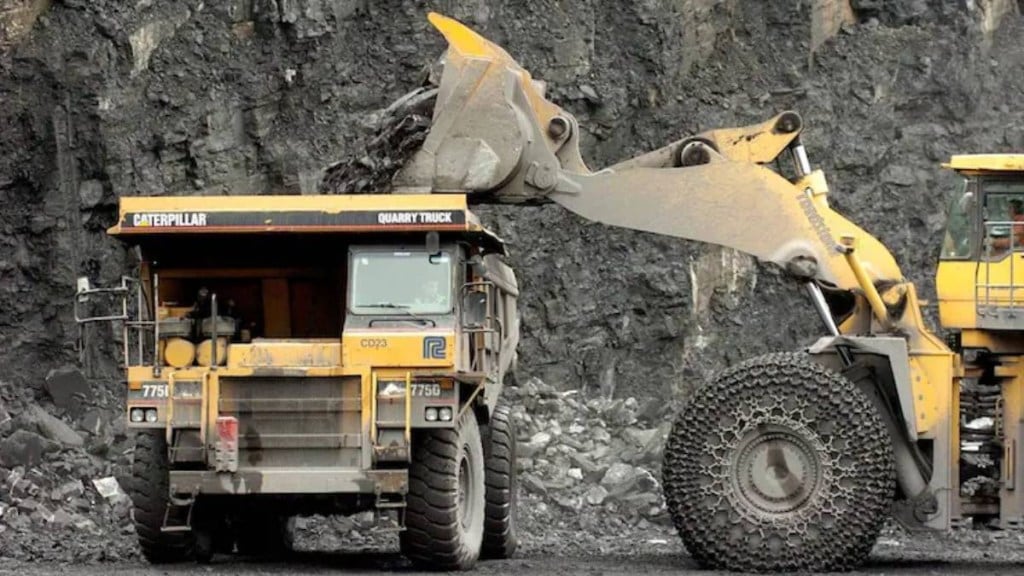India’s import of coal is likely to edge higher in the first half of the current fiscal due to likely lower generation of hydropower amid lower water levels in the reservoirs, S&P Global Commodity Insights said on Tuesday. This is despite the government’s efforts to ramp up coal production which is expected to touch 1.08 billion tonnes in the current fiscal year.
“The first half of 2024 could potentially show stronger coal imports than the second half amid a likely lower hydropower generation because of the impact of El Nino,” said Pat See Khoo, Senior Analyst (Global Power and Renewables), S&P Commodity Insights.
Depleting hydroelectricity output amid irregular rainfall in the past fiscal has led to a lower water level available in the country’s primary reservoirs which could further reduce India’s hydropower generation during the summer, the agency said.
The water level in 150 key reservoirs of the country stood at 38.491 bcm as of June 13, which is 22% of the total live storage capacity, latest data from the Central Water Commission showed. At 38.491 bcm, the present water level is down 21% from a year ago and 8% from the average of the past 10 years.
In April, the country’s hydro generation stood at 8,109.14 GWH, down 7% from last year, as per data from the Central Electricity Authority. However, the generation from hydro power sources gained pace in May at 12,259.58 GWH, marking an increase of 6.9% from the corresponding period of last fiscal.
The country produced 997.4 million tonnes of coal in FY24, up 11.67% increase from the previous year. The country’s imports of coal stood at 265 million tonnes during the fiscal against 245 million tonnes in FY23, as per official data.
According to data provided by S&P Global Commodities at Sea, India has imported around 85 million tonnes of thermal coal so far in 2024.
In the past few years, India has focused on powering its economy by raising capital expenditure on sectors like infrastructure, which forms a major proportion of India’s steel demand, S&P Global Commodity Insights said. Accordingly, the demand for coking coal, a raw material used in the steel industry, has sharply risen. The country imports almost 70% of its coking coal requirements due to unavailability of indigenous coal.
With the country’s plans to raise its steel capacity to 300 million tonnes per year by 2030, demand for coking coal is expected to grow further. In its attempt to further reduce the imports of coking coal, the government plans to open a washery in Coal India’s subsidiary – Bharat Coking Coal Ltd with a capacity of 2 million tonnes as a part of its first 100 day action plan and also open three new coking coal mines in the current fiscal.
However, despite this plan, the agency sees India’s coking coal imports reaching 100 million tonnes in 2030.
